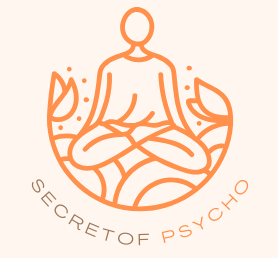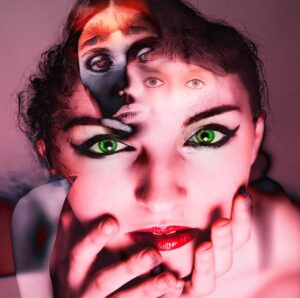Introduction
Borderline Personality Disorder art (BPD) is a complex mental health condition characterized by intense mood swings. It is difficult and maintaining stable relationships, and a distorted self-image. Individuals with BPD often experience profound emotional pain, making it crucial. To explore therapeutic interventions that extend beyond traditional methods. Art, as a form of expressive therapy, has emerged as a powerful tool in helping those with BPD navigate their emotional landscapes and foster a sense of self-discovery and healing.
The Expressive Power of Art:
Art provides a unique avenue for individuals with BPD to express and process their emotions. Traditional verbal communication can be challenging for those with BPD due to the fear of judgment or rejection. Through art, individuals can externalize their internal struggles, giving shape and form to their complex emotions. Whether it’s painting, drawing, sculpting, or any other artistic medium, the act of creation becomes a non-verbal outlet for the turbulence within.
Emotional Regulation:
One of the hallmark challenges of BPD is difficulty regulating emotions. Art therapy has been proven to help individuals develop healthier coping mechanisms and improve emotional regulation. Engaging in the creative process allows individuals to explore and understand their feelings in a safe and controlled environment. As they experiment with colors, shapes, and textures, they gain insight into the nuances of their emotions and learn to navigate them more effectively.
Individuals with BPD often grapple with a fragile sense of self. Art provides a platform for self-exploration, allowing individuals to visually represent and explore different aspects of their identity. Through the creation of art, individuals can gain a deeper understanding of who they are, fostering a more stable and authentic sense of self. This process of self-discovery is crucial in the journey toward building a stronger and more resilient identity.
Building Relationships:
Art therapy can also be a powerful tool in building and maintaining relationships for individuals with BPD. Group art activities create a shared, non-verbal space for communication, fostering a sense of connection and understanding among participants. The collaborative nature of art projects encourages teamwork, empathy, and the development of interpersonal skills—essential components for building and sustaining healthy relationships.
Mindfulness and Distress Tolerance:
Engaging in art requires focus and concentration, promoting mindfulness—a state of heightened awareness and presence in the moment. For individuals with BPD, practicing mindfulness through art can be instrumental in developing distress tolerance skills. The meditative quality of the creative process helps individuals stay grounded in the present, reducing impulsivity and promoting a more balanced emotional response to stressors.
Conclusion:
Art therapy offers individuals with borderline personality disorder a creative and effective means of navigating the complex terrain of their emotions. Through artistic expression, individuals can gain insights into their emotions, regulate mood, explore identity, and build meaningful connections with others. As part of a comprehensive treatment plan, art therapy has the potential to empower individuals with BPD on their journey toward healing and recovery.
FAQS

